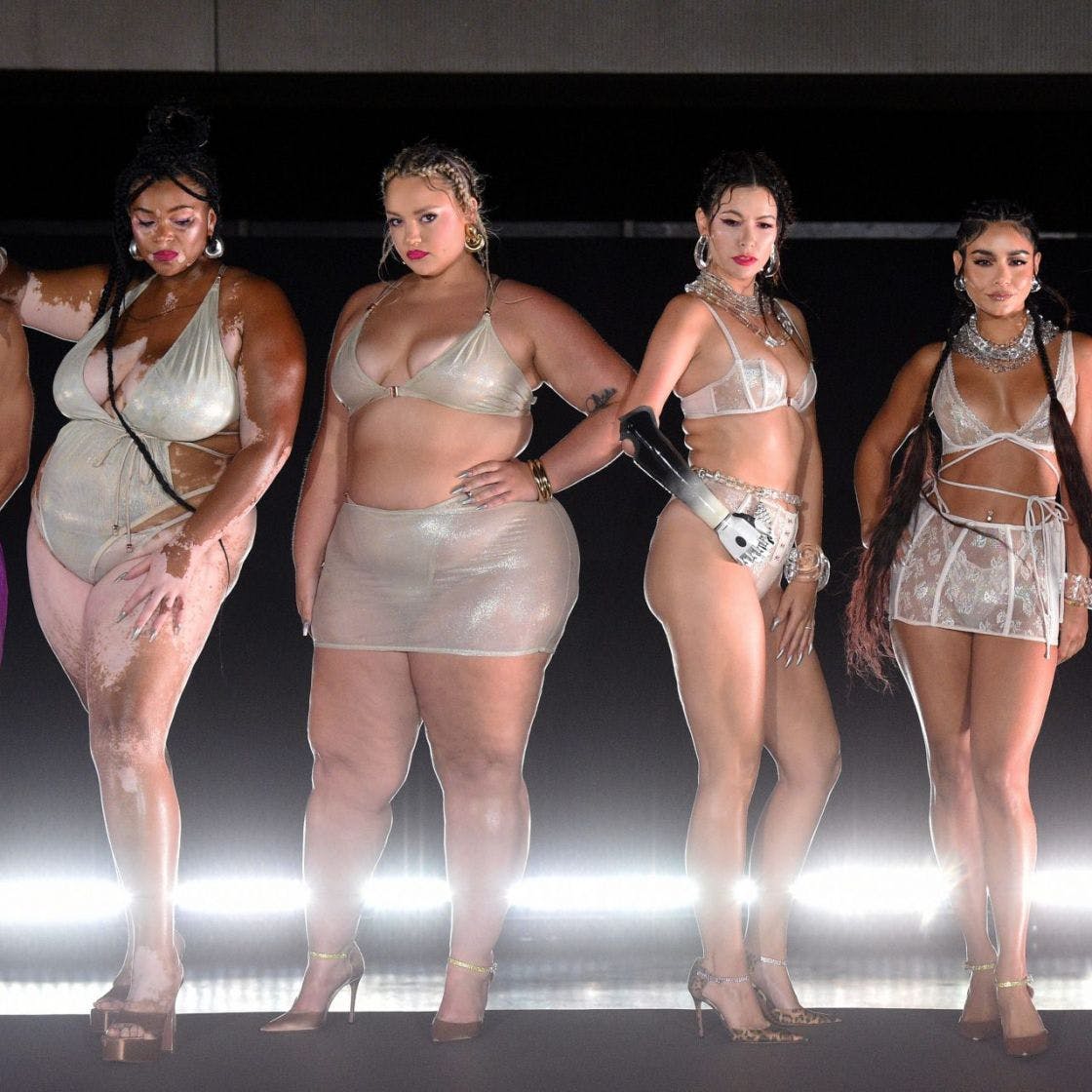
Fashion For All: Inclusivity And Body Positivity
Who would have thought binge-watching Project Runway Season 19 would spark such a thought-provoking question: does the fashion industry genuinely promote inclusivity?
In the 11th episode of the notorious series, designers were challenged to create garments for athletes that competed in the 2020 Summer Paralympic games. The task was challenging for most designers because it was second nature to design for an able-bodied being. Creating for a disabled individual would mean extra work altering designs for function and inclusivity.
The real question is “why aren’t people with disabilities considered in the design process in the first place?” and the answer is straightforward, the fashion industry caters to a specific type of person first. This person often resembles someone tall, has a slim or coke bottle frame, and is abled. This individual is often overly advertised in the media.
At the show’s end, the athletes expressed how beautiful and confident they felt in their garments. Their clothing made them appreciate and own their bodies despite their disabilities. Fashion can be both encouraging and discouraging to mental health and body positivity; everyone must first be included to ensure every individual can benefit from fashion’s positives.
Exclusivity In Fashion
With regard to function and design, fashion is not inclusive of the plus-sized or disabled communities. Often we see two different designs for regular and plus-sized individuals. The regular-sized garments will be sexy and flatter the right parts of the body, whereas the plus-sized apparel will be more modest, lacks sex appeal, and has unusual design elements. Do both women not deserve to feel sexy?
Labeling someone plus sized is can be a problem. The label plus-sized is stigmatizing and contradicts a brand’s mission for inclusivity. By making another clothing category instead of extending regular sizes, the brand essentially removes them from the majority of women. Brands are also unrealistic regarding what sizes represent the plus-sized community; A size 12 is not a realistic representation of the community as a whole.
Adaptive fashion is not fashion at all! Most adaptive brands focus more on function than fashion, and the clothes aren’t fashionable. No one should have to choose between looking and feeling good or just having clothes that fit; everyone should have both. A senior fashion news writer at Vogue, Emily Farra, distinctly explained the fault in adaptive fashion in a story this past August.
Farra wrote, “Because we rarely see disabled people at Fashion Week—on the runway, in the audience, or in the backstage crush—we don’t consider how the shows and collections might relate to them. And because the shows and collections don’t relate to them… we don’t see disabled people at Fashion Week.”
Indeed, the runway and the industry do not reflect the demand for adaptive fashion.
Fashion And Body Positivity
The quote “when you look good you feel good” couldnt be more true when fashion plays a part positively.
Fashion is a means of expression and is essential in how you feel about yourself. What you wear gives you a sense of self-worth and self-confidence.
Marketing on social media emphasises the fashion standard, tall and slim, or the coke bottle frame. This deemed “standard” is very impressionable, especially for young adults who obsess over their looks and their peer’s looks.
The Impact
Arianna Jordan, a sophomore at Florida A&M University, explains that you will feel better about your body in general when you like what you are wearing and how your body looks in your clothes.
“If you dressed based on the media, and you aren’t the media’s [portrayed] body type, it [fashion] will discourage body positivity; you may not feel comfortable because mainstream fashion is for skinny/slim thick girls…” said J.
John Beauplan, a senior at Florida A&M University, feels strongly that the fashion industry has the power to influence positive change in regards to inclusivity and mental health.
“The way companies present their fashion can either encourage or discourage body positivity. They should care about every community and know that everyone does not fit a certain standard. What an outfit looks like on someone else [in comparison] to you directly ties into how you feel about yourself mentally,” said Beauplan.
They understand that fashion portrayed in the media and even on the runway should be more inclusive of every community. The fashion industry can help improve mental health by producing clothing one can look and feel great in.
What Inclusivity Looks Like
With the recent news of Rihanna opening brick and mortar stores for her business Savage X Fenty, this was the perfect time to highlight how her brand is a massive advocate for inclusivity in the industry.
Rhianna’s Vol. 3 Fenty X Savage fashion show on Amazon Prime exhibited a more inclusive industry and reinvented runway culture. Models reflected multiple communities reflecting ethnicity, disability, sexuality, age, and size.
Tommy Hilfiger, American Eagle, Nike, and Ugg are prominent names in fashion responding to the demand for stylish adaptive clothing and shoes.
Fashion is essential to a beings mental health and how they think of themselves. The industry needs to recognize its strength and use it for the greater good. Everyone has to wear clothes, so everyone deserves to feel their best wearing them.
Photo: Getty Images


